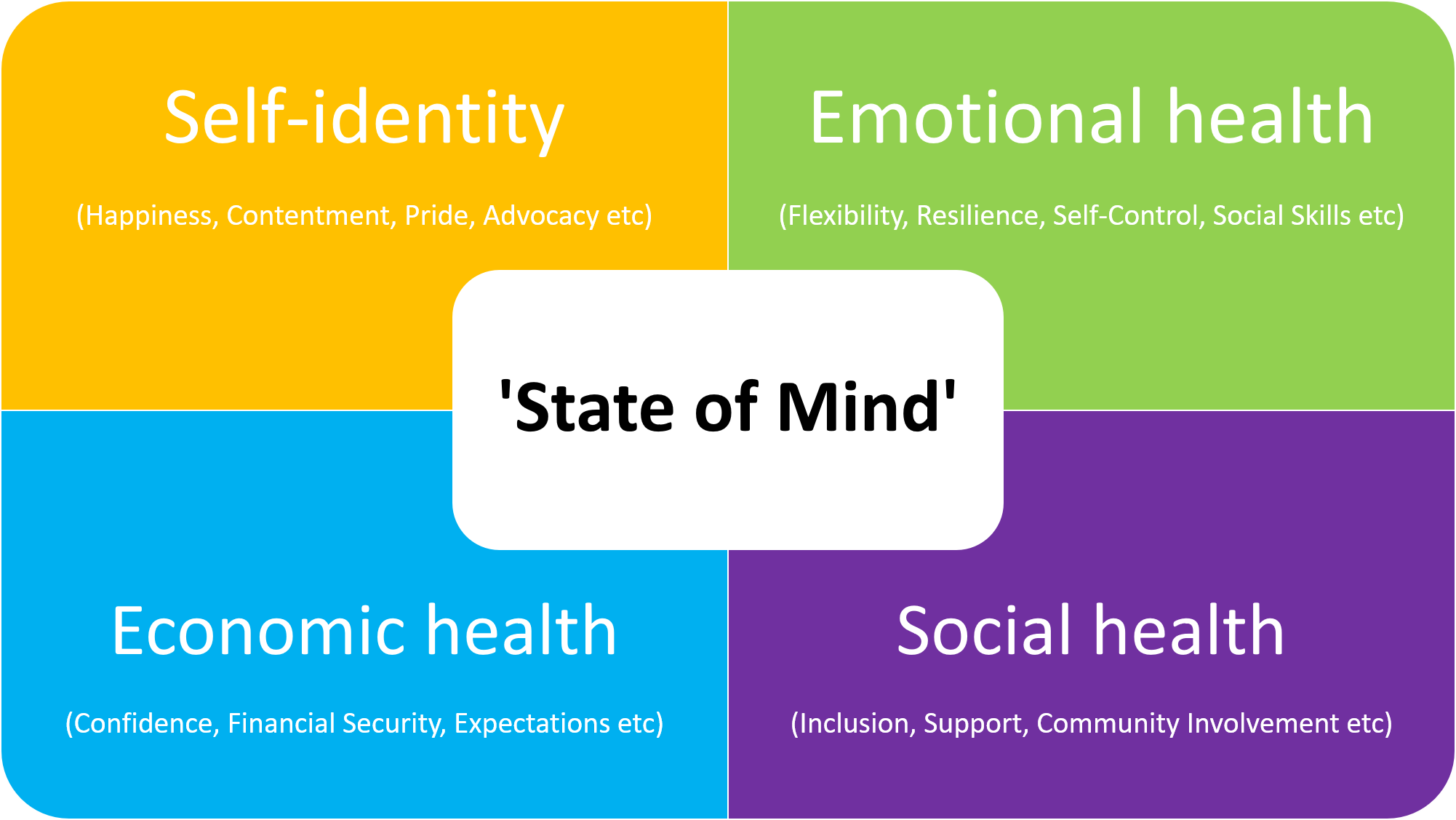There’s no place like home
As was said many years ago …
And, it has never been easier to do so.
Yet, as has also been said …
“There’s no place like home.”
(Jump to shorter version via here, or please read on for version loaded version)
Home is where the heart is (and a great deal more), and no matter how far or how wide one roams, everybody needs somewhere to call home. Their special happy place, where they feel safe and fulfilled.
There are building blocks that go into a worthy place to call home. Cities are ever striving to be as ‘liveable’ as possible. It has become très chic to get onto ‘most liveable city’ lists — The Economist; Mercer; and Monocle.
Such lists use 30–60 measures to calculate the most liveable places in the world. In their most recent lists Mercer (2018) ranked Vienna #1; Monocle (2017) ranked Tokyo #1; and the Economist (2017) ranked Melbourne #1.
“Every city is assigned a rating of relative comfort for over 30 qualitative and quantitative factors across broad categories: stability; healthcare; culture and environment; education; and infrastructure.” (Economist liveability survey)
The lists do receive some criticism, given a number of factors such as who ‘scores’ the cities, how they are measured and that the data is often simply used as a marketing tool to entice expatriates to live in the city, rather than truly measuring a city’s liveability for normal people, such as those on moderate to lower incomes or in non-professional roles. And, such lists do not typically have a role in defining gaps and improvement priorities for residents.
“It’s therefore an unsatisfactory guide to the best cities to live in permanently and it’s not at all useful for those who aren’t highly remunerated. It doesn’t take account of the cost of living for permanent residents or key issues like job opportunities and housing affordability.” Alan Davies
Even so, there is worthy indication of the building blocks to a liveable city, including factors such as stability (economic and political); healthcare (public and private); culture (short, art, hospitality, night life etc); environment (climate change, green space, water etc); education (public and private, early childhood, school and adult); and infrastructure (public and private, roads, public transport etc).
Liveability is often about balancing critical factors, the good and not so good. Such as businesses seeking financial returns, economic progress and employing staff, with the broader community needs of a pleasant place to live and supporting their health and wellbeing. Balancing the needs of the financially strong, with others struggling or disadvantaged.
In a place we wish to call home, there is a sense of psychological safety, and our needs (survival, belonging, esteem and fulfillment) are satisfied as best possible. A place with a strong sense of self, content and confident, a strong mental state. And where necessary, they lead society-wide implementation of well-being initiatives to address issues such as resilience.
“The Wellbeing and Resilience Centre, located within the South Australian Health and Medical Research Institute (SAHMRI), has a bold vision to build South Australia as the State of Wellbeing — a public health approach to building mental health.” SAHMRI Wellbeing and Resilience Centre
We have conducted many studies over the years in relation to perceptions and image of cities and towns in which people live and visit, and where priorities exist. From these, places like Portland, Oregon are often used as good case studies for medium to small cities with a strong sense of self. With a population of only 600,000, Portland has a reputation for always being forward thinking with a strong sense of self, and a strong cluster of global brands as diverse as Intel, Nike, Adidas and global ad agency Wieden+Kennedy. A city with the second highest percentage of LGBTQIA, strong arts and culture sector, named as the “best city in the world for street food by several publications and news outlets” and a vibrant social fabric.
Similarly, some years ago, I visited the Paris HQ of the market-research firm I was working for. On complimenting my colleague on the beauty of Paris, her response was an overtly arrogant “But of course.” This was a time of major unrest in the city: soldiers with heavy machine guns patrolled the streets, the Seine reeked and the footpaths were ridden with poodle excrement. I ponder that the French arrogance is an exaggerated contentment with their home and lifestyle — despite their sociological and economic issues.
Government plays a critical role in nudging cities in new directions, with policies and interventions, yet ultimately what sustains a community is its people, and their psychological make-up. This helps support communities, sub-communities, enterprises, as well as promoting political and economic stability; strong culture and other aspects of a buoyant liveable city.
A feeling of economic insecurity, weak cultural fabric (business or community), complacency and the tall poppy syndrome can all negatively impact a city (or town’s) sense of self, and mental state. Ensuring a city is psychologically strong, and identifying gaps worth addressing for future mental health is both complex and critical. Strong places grow somewhat organically, yet they do tend to build on a platform of solid self-identity, as well as emotional, economic and social health.
Rather than obsessing on placement on much liveable city lists, it is worth reflecting on what makes a liveable and positive city and town. This likely incorporates wide-ranging measures such as economic and political stability, a strong arts and cultural sector and productive education institutions. It is also important to consider psychological factors driving the population’s mental state, such as resilience to change, strong communities and confidence.
Such a measure is likely complex, and may rely on quantitative and qualitative data, surveys, medical and health and well-being data to assess the overall mental state of the population, sub-populations and even comparisons with other populations, cities and towns to provide benchmarks and best practice.
We are living in exciting times, where the definition of community is changing to a more global context, technology allows for greater collaboration and business opportunities are no longer limited to local markets. However, we are also living at time of escalating levels of mental health and social pressures.
The rate of death by suicide is increasing over time in Australia, up 10% nationally 2007–2016 (3303.0 — Causes of Death, Australia, 2016 / Released at 11:30 AM (CANBERRA TIME) 27/09/2017), and the number of children in out-of-home care (i.e. Foster Care) “has risen every year over the past five years” (2012–2016, Australian Institute of Family Studies, Children living in care).
As it gets easier to explore and even conquer the world from anywhere, the need to build cities and towns into places to feel psychologically safe and fulfilled will ever grow. Rather than obsessing over which lists a city is on, there is likely merit in understanding the mental state in our cities and towns, identify psychological gaps and where necessary implementing suitable interventions. Just like it is now okay to ask our friends and loved ones ‘RUOK,’ perhaps our leaders should be seeking to understand the places in which we live, overall and sub-populations to build liveability and psychological health.
I’ll leave the last words to Peter Allen …
“I been to cities that never close down. From New York to Rio and Old London Town. But no matter how far or how wide I roam. I still call Australia home. I’m always travelling. I love being free. And so I keep leaving the sun and the sea. But my heart lies waiting over the foam. I still call Australia home. All the sons and daughters. Spinning around the world. Away from their family and friends. But as the world gets older and colder. It’s good to know where your journey ends. Someday we’ll all be together once more. When all of the ships come back to the shore. I realise something I’ve always known. I still call Australia home. But no matter how far or wide I roam. I still call Australia. I still call Australia. I still call Australia home. But no matter how far or wide I roam. I still call Australia. I still call Australia. I still call Australia home.”
Watch here: Peter Allen; Hugh Jackman, Olivia Newton-John, Keith Urban, Russell Crowe and Nicole Kidman singing outside the Sydney Opera House on Oprah’s visit to Oz; and Qantas’ ‘Still Call Australia Home’ Ad.






